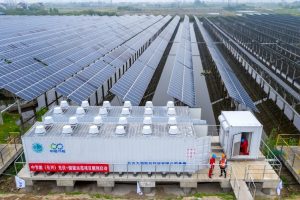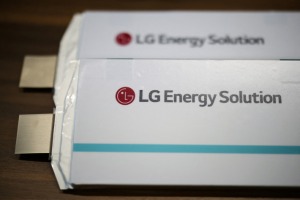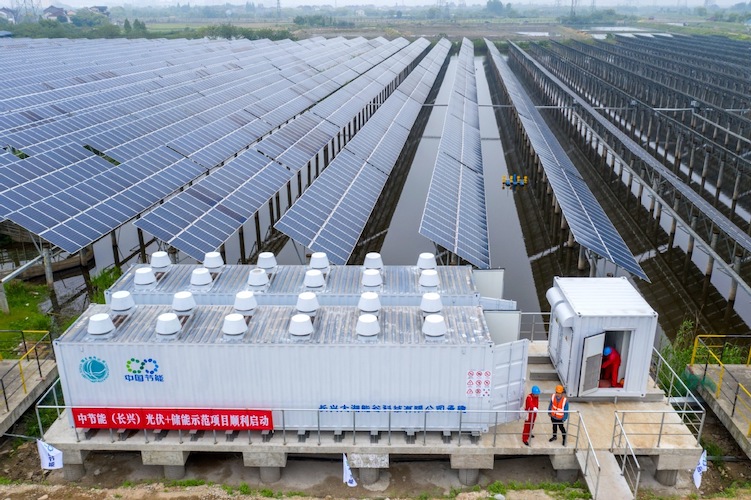(ATF) The yield on China’s 10-year government bond rose to 2.87% on Friday morning from 2.47% on April 29, an uncomfortable 40 basis-point surge in a month.
How uncomfortable?
Were it only for the reason that the Chinese economy is recovering more rapidly than had been expected, then the yield surge would be relatively benign.
Alas, there’s more to it than that. Markets are facing an estimated $380 billion funding gap in the course of June as a load of short-term debt comes due from Monday.
This will drive up short-term rates and flatten the yield curve. It’s not what the doctor ordered for banks called upon to fund the economic recovery.
From the standpoint of crafting an optimal monetary policy, the People’s Bank of China (PBoC) will also have to take into account the possibility of further deepening of Producer Price index (PPI) deflation when data are reported on June 9. April PPI came in at -3.1%. Markets expect -2.6% for May, but that’s on the optimistic side.
The bottom line for the yuan on higher yields and deeper deflation, of course, is up, up and away. And that, as we wrote two days ago – in sharp disagreement with a widely circulated Goldman Sachs forecast for yuan weakening – is our expectation.
The PBoC set Friday morning parity at 7.0965, the strongest since May 22. And the yuan outdid the PBoC and traded at 7.0934 at 7pm HK time. The CNH even did a tad better and stood at 7.0931.
The star of the Chinese currencies today was the HKD. Even after the Hong Kong Monetary Authority sold HKD977 million on Friday morning, the currency touched the 7.75 upper limit of its pegged trading band with the USD.
If President Donald Trump and his admirers among Hong Kong Democrats are looking to induce capital flight from the city, they need to wait a while longer.
























